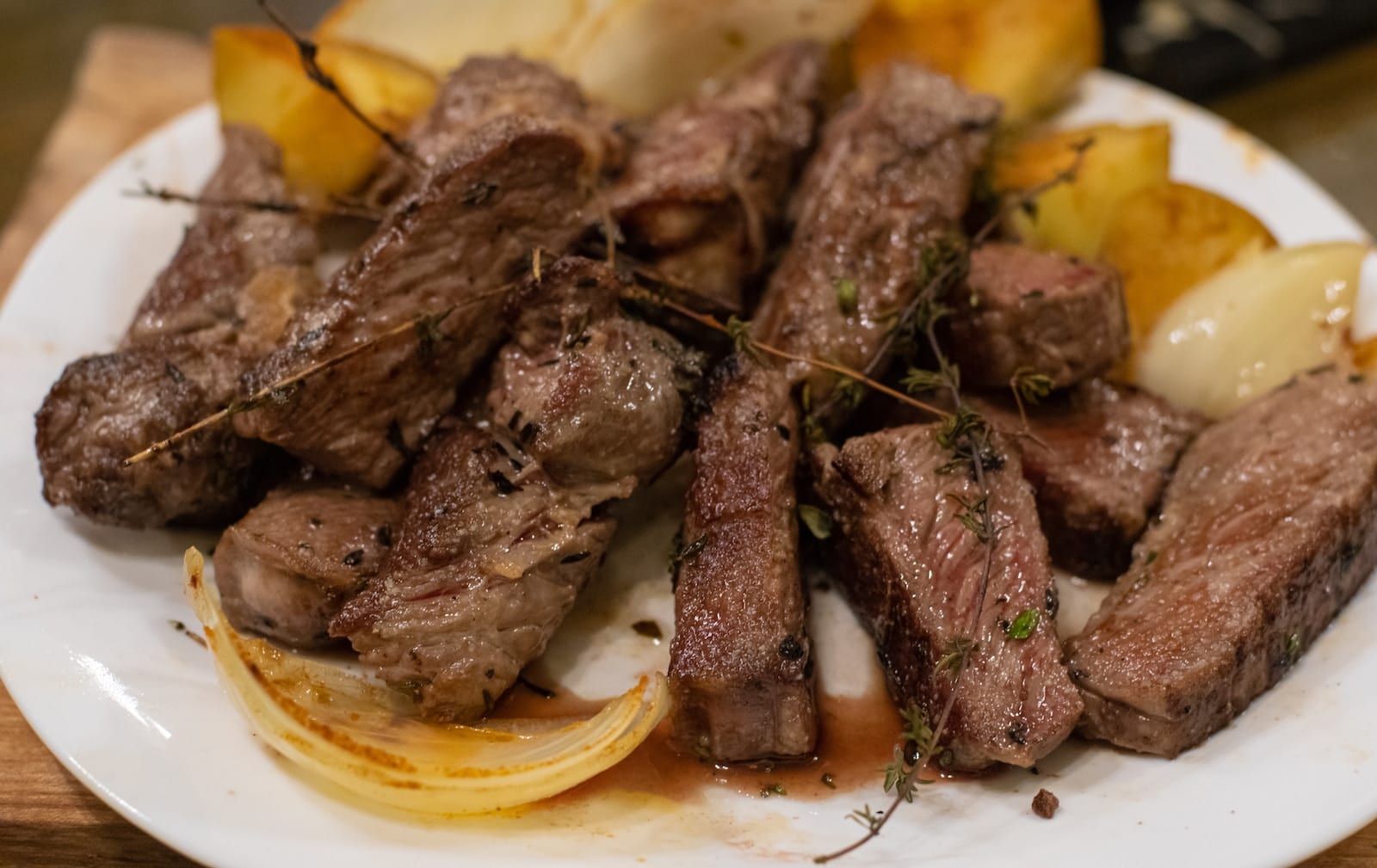Unexpected, overwhelming and even terrifying. Maybe at some point you’ve wondered why you have panic attacks. That sudden feeling that you’re gasping for breath, that your heart is pounding, and that fear grips every part of your mind and body is something very unpleasant. Everything is out of your control. And if there is one aspect that generates even more fear, it is the repetition of these sensations.
The first panic attack is never forgotten. We can say that this is one of the most unpleasant sensations that someone can experience. However, let’s emphasize what the symptomatology consists of.
Physical symptoms
• dizziness
• tremors
• palpitations
• chest pain
• feeling of suffocation
• nausea, upset stomach
• numbness of the body
• chills and sweating at the same time
Emotional and cognitive symptoms
• excessive and irrational fear
• depersonalization (detachment from oneself)
• the feeling that one is “going crazy”
• derealization (feeling that everything around us is not real)
If you’ve ever wondered why you get a panic attack, you should know that it’s not because of factors like weakness or emotional incompetence. Don’t beat yourself up or blame yourself for it. We can all survive it. Let’s immediately look at the reasons why you may suffer from panic attacks:
1. Biological and genetic causes
While it’s possible for all of us to experience a panic attack at some point, some people experience it regularly. The reason for this would be genetic factors. Panic attacks are on average more common in females, and this genetic feature increases the risk of their occurrence.
2. Functional changes in the cerebral cilia
If you are wondering why you have these attacks, the cause would be in your brain’s amygdala. This nerve center for emotional processing may have certain characteristics that increase your risk of suffering more from panic attacks.
The amygdala, the center of fear-processing networks, would be linked to both panic attacks and their chronic version: panic disorder.
What causes the problem is putting ourselves in a constant state of “alarm”. This hyperarousal encapsulates the feeling of constant fear and that something very bad is going to happen.
3. Chronic stress or prolonged pressure
Although stress is a natural mechanism that allows us to face specific challenges and threats, sometimes it is beyond our control. When stressful situations and tensions drag on and the demands exceed our psychological resources, attacks occur.
The body and brain show in these situations a very high level of cortisol, norepinephrine and adrenaline. All this accumulated tension “explodes” at one point. Similarly, we know that there are people with lower resistance to stress, and this increases the occurrence of attacks.
4. When fear takes over
The attacks in question occur independently or are accompanied by other disorders such as anxiety or trauma. Life puts us in difficult circumstances that we don’t always know how to deal with and that are accompanied by a constant feeling of fear. Let’s see some examples:
• coping with loss
• a sick loved one
• coping with psychological trauma
• job loss and financial problems
• phobias
• intense life changes, such as a breakup
5. Other reasons why you have panic attacks
This fact may attract our attention, but science has been warning about such a factor for decades: tobacco increases the risk of suffering from panic attacks.
On the other hand, the fact that the consumption of certain psychoactive substances often leads to these experiences cannot be ignored.
Photo by samer daboul: https://www.pexels.com/photo/extreme-close-up-photo-of-frightened-eyes-4178738/














